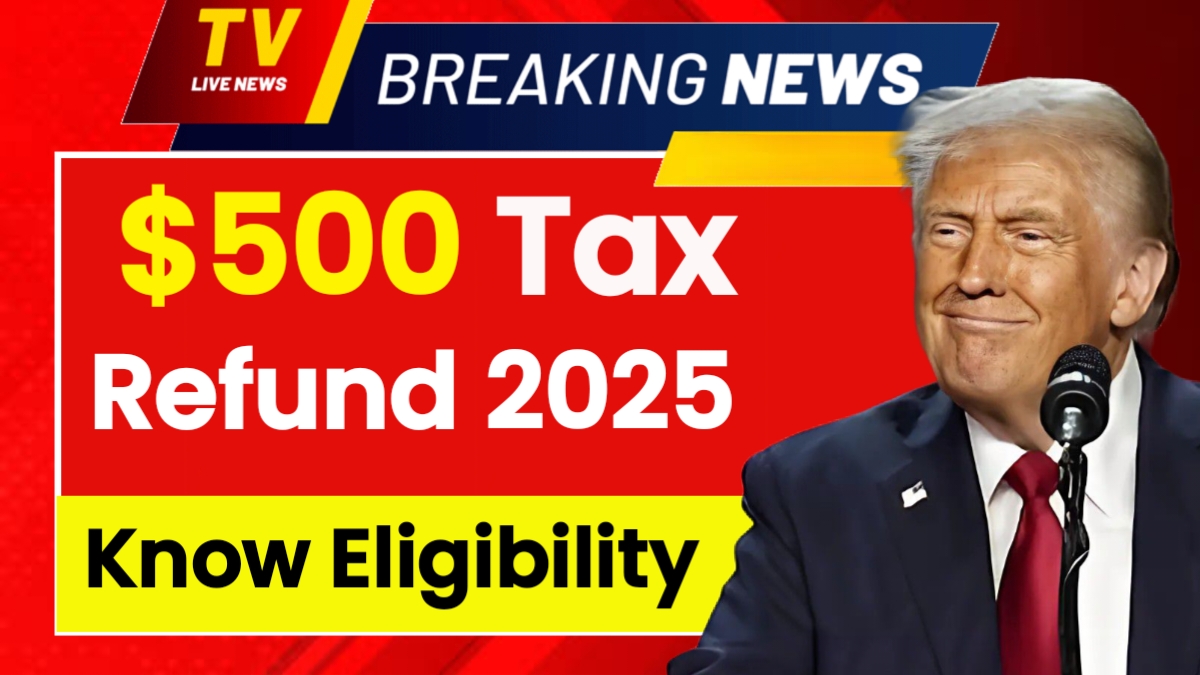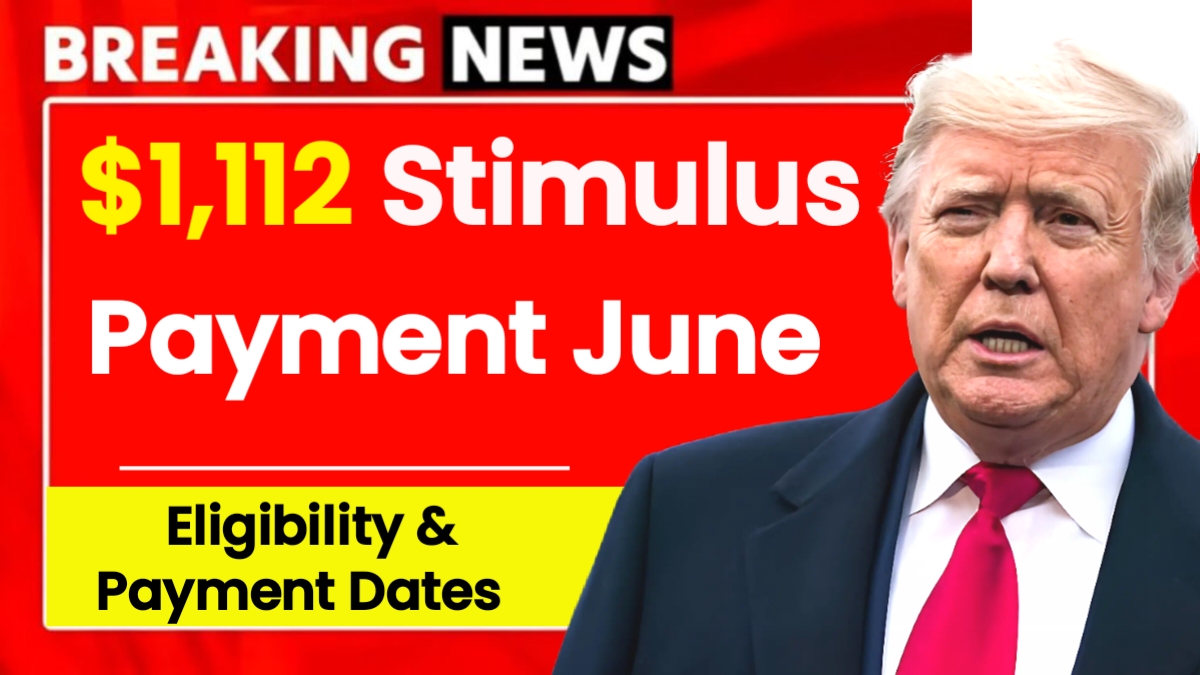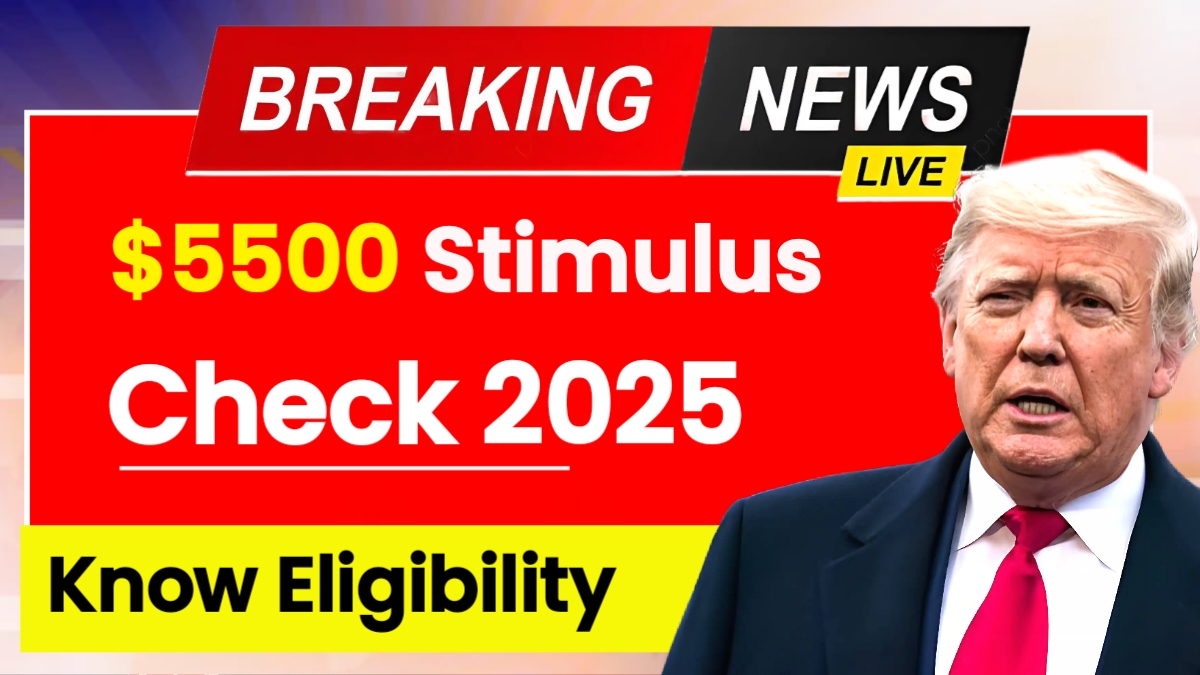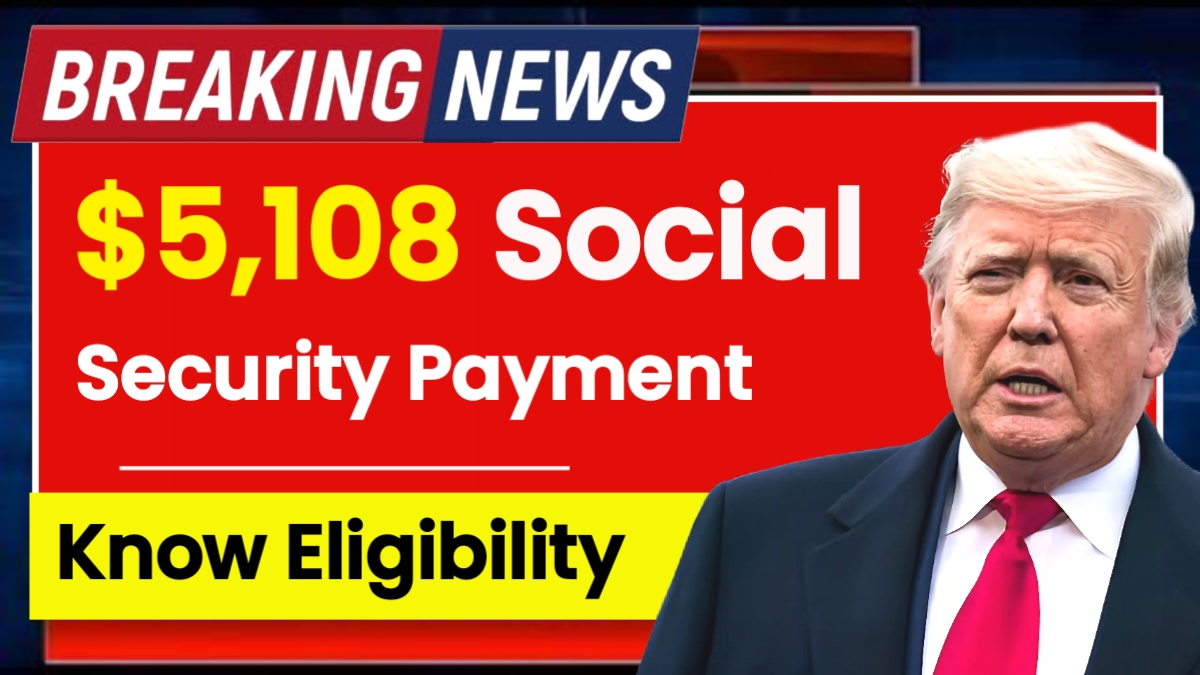$2,500 Stimulus Payment Coming in June 2025: A potential $2,500 stimulus payment called the “DOGE Dividend” has captured national attention, but it’s important to understand that this payment has not been approved by Congress. The proposal remains under discussion in Washington and faces significant political hurdles before becoming reality. While the idea has generated excitement among taxpayers, understanding the details and current status is crucial for managing expectations.
Understanding the DOGE Dividend Proposal
The Department of Government Efficiency, commonly known as DOGE, has proposed this $2,500 payment as part of a broader initiative to reduce government waste. The concept, promoted by Elon Musk and supported by former President Donald Trump, suggests that approximately $155 billion in federal waste could be eliminated, with some savings returned directly to taxpayers. Unlike previous stimulus programs that reached broader populations, this proposal specifically targets individuals who actually paid federal income taxes, treating the payment more like a dividend than traditional relief assistance.
The fundamental difference between this proposal and past stimulus checks lies in its exclusivity. Rather than providing universal support during economic hardship, the DOGE Dividend would reward taxpayers who contributed federal income tax revenue. This approach represents a significant shift from previous relief efforts that prioritized helping those most in need during challenging times.
Eligibility Requirements and Restrictions
To qualify for the proposed $2,500 payment, individuals must meet several specific criteria. Taxpayers must have filed either a 2023 or 2024 federal tax return showing a net positive federal income tax liability. This means you actually owed and paid federal income taxes, not just filed a return. Additionally, eligible individuals must possess a valid Social Security Number and cannot be claimed as a dependent by another taxpayer.
These requirements would exclude many Americans who traditionally received previous stimulus payments. Retirees living solely on Social Security benefits, low-income individuals with zero federal tax liability, college students claimed as dependents, and people involved in active IRS disputes would not qualify. This narrower eligibility means the DOGE Dividend would reach an estimated 60 million taxpayers, significantly fewer than previous relief programs.
Potential Timeline and Distribution Methods
If Congress were to approve this proposal by early June 2025, the Internal Revenue Service would likely distribute payments using existing tax records. Direct deposit recipients could potentially see payments in early June, while paper checks might arrive by mid-to-late June. Prepaid cards would probably be distributed by the end of June or early July 2025.
However, these timelines remain entirely speculative since no legislation has been passed. The IRS would need congressional authorization and funding before beginning any payment distribution process. Without official approval, these dates serve only as hypothetical examples of how quickly payments might be processed if the proposal advances.
Preparing for Potential Payments
Even though the DOGE Dividend remains unconfirmed, taxpayers can take practical steps to position themselves favorably. Filing complete and accurate 2023 and 2024 federal tax returns is essential, as the IRS would use this information to determine eligibility and calculate payments. Ensuring your banking information is current with the IRS can prevent delays if direct deposits are issued.
Taxpayers should also remain vigilant against scams that often emerge around stimulus discussions. The IRS never initiates contact through phone calls, text messages, or emails regarding payments. Legitimate information comes only through official IRS.gov channels or authorized tax professionals.
Alternative Relief Options Currently Available
While waiting for potential DOGE Dividend developments, several real relief programs exist today. Taxpayers who missed the third-round stimulus in 2021 can still claim the $1,400 Recovery Rebate Credit by filing their 2021 tax return before June 17, 2025. Many states also offer their own relief programs, including California’s monthly payments, Colorado’s TABOR refunds, and various state-specific tax credits and rebates.
The Reality Check
The proposed $2,500 DOGE Dividend represents an interesting policy discussion rather than an imminent payment. While staying informed about potential benefits is wise, taxpayers should focus on confirmed opportunities and maintain realistic expectations about unproven proposals.
Disclaimer
This article provides general information about a proposed stimulus payment that has not been approved by Congress. No official dates, eligibility requirements, or payment amounts have been confirmed by government authorities. Readers should verify all information through official IRS and government sources before making financial decisions. The author is not responsible for any actions taken based on this speculative information.




















